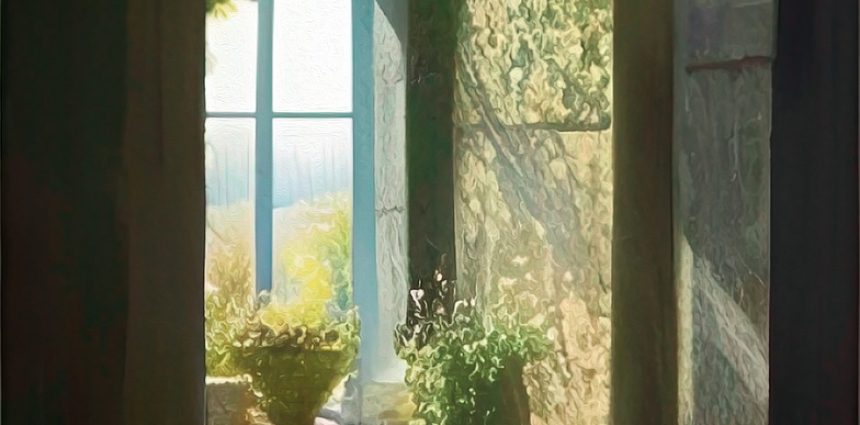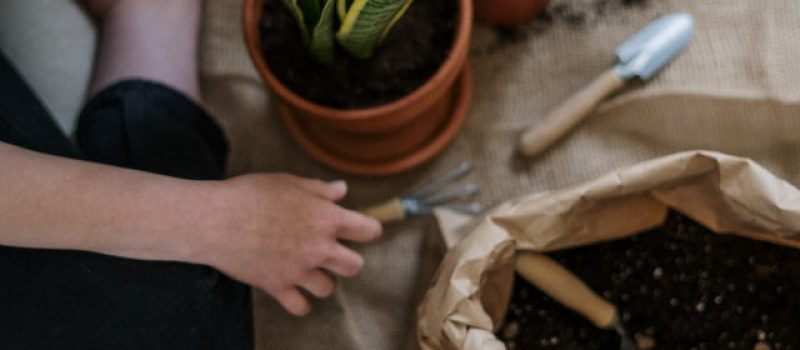
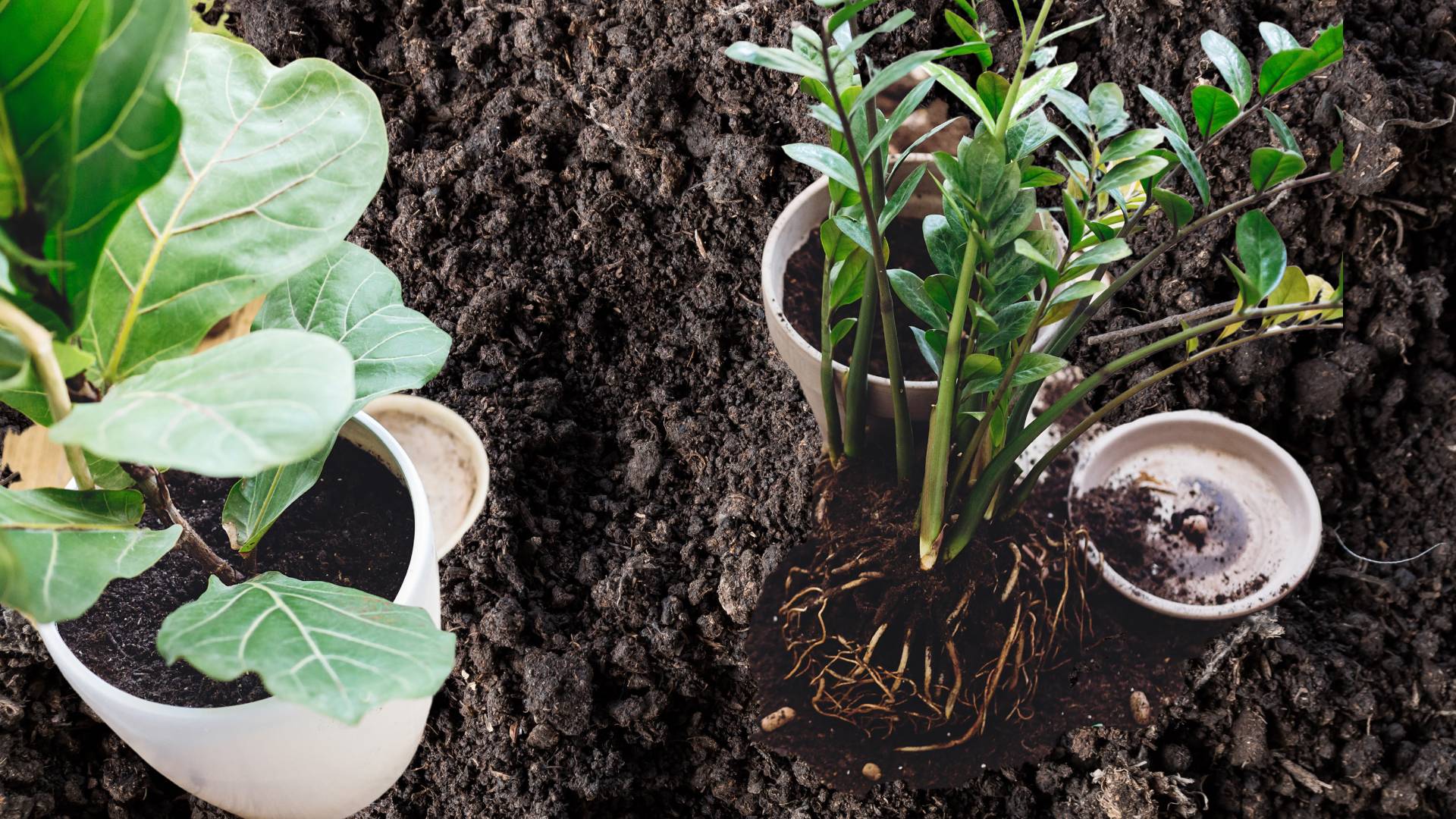
Discover the Hazards of Reusing Potting Soil and Learn How to Tell When It's No Longer Safe for your house plant
As indoor gardeners, we all love our green friends and want to give them the best possible conditions to thrive. While taking care of houseplants can be a rewarding experience, it can also be a challenge, especially when it comes to managing the soil. One common mistake that many indoor gardeners make is reusing potting soil, which seems like an easy solution to save money. However, as it turns out, reusing potting soil can actually be quite hazardous to the health of our houseplants. In this blog, we’ll explore the dangers of reusing potting soil, how to tell when it’s no longer safe for your plants, and what you can do to ensure that your plants are getting the best possible growing conditions.
Why Reusing Potting Soil Can Be Dangerous
Potting soil is specially formulated to provide the best-growing conditions for your houseplants. Over time, however, the soil can become compacted and depleted of essential nutrients, leading to stunted growth, yellowing leaves, and decreased health of your plants. Additionally, the soil can harbor pathogens, pests, and diseases that can be harmful to your plants. For example, the soil can become infested with fungi, bacteria, and insects such as mites and aphids, which can weaken and attack your plants.

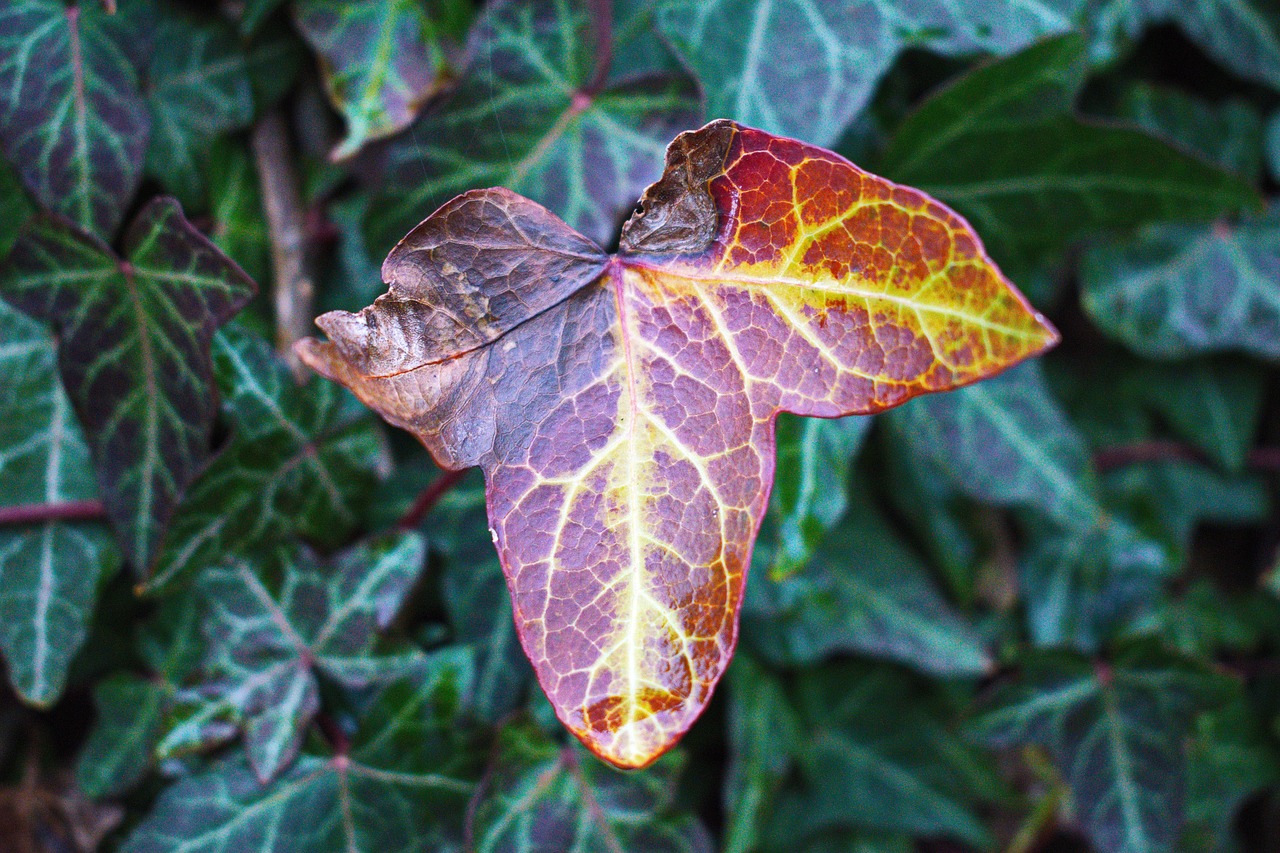
How to Tell When Potting Soil is No Longer Safe
If you want to ensure the health of your houseplants, it’s important to know when the potting soil is no longer safe for them. Here are some signs to look out for:
-
Yellowing leaves
-
Wilting
-
Stunted growth
-
An unusual amount of pests or diseases
-
Foul odor or slimy texture
If you observe any of these symptoms, it’s best to replace the soil with a fresh potting mix to ensure your plants have the best chance of thriving.
What to Do When Potting Soil is No Longer Safe
If your potting soil is no longer safe for your plants, you should replace it with a fresh, high-quality potting mix. When selecting a new potting soil, make sure to choose a mix that’s formulated for the type of plants you’re growing. Most indoor plants will thrive in a well-draining mix that contains a blend of peat moss, perlite, and vermiculite. These materials provide excellent aeration and drainage, ensuring that your plants have access to the water and nutrients they need to grow strong and healthy.
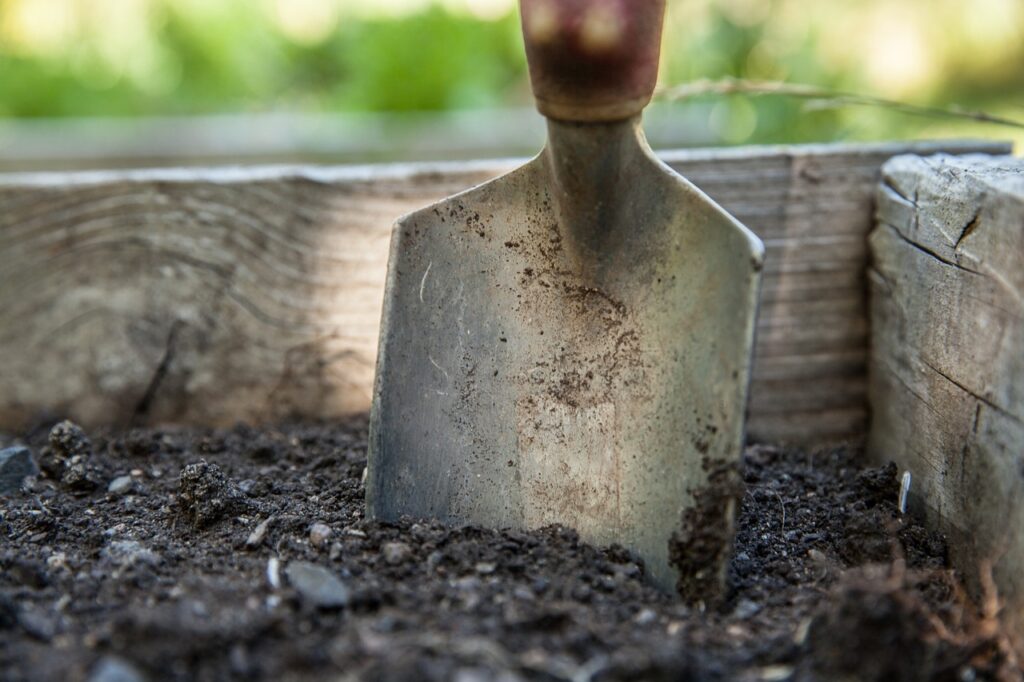
In conclusion, reusing potting soil can be a bit like playing Russian roulette with your houseplants. While it may seem like a cost-effective solution, it’s simply not worth the risk. To ensure the health of your plants, consider replacing the soil every year or two, and always use a fresh, high-quality potting mix. Trust us, your plants will thank you for it!
And remember, a healthy plant is a happy plant, and a happy plant means a happier you. After all, studies have shown that having plants in your home can improve your mental and physical health. So, let’s give our green friends the best possible chance to thrive, and we’ll all benefit in the end. Happy planting!
Related Articles
Plants have been an integral part of human life for thousands of years. From providing food and shelter to serving as symbols of beauty and peace, plants play ….
Indoor gardening has become increasingly popular in recent years, as more people look to bring the beauty and benefits of plants into their homes. However, choosing the right type of indoor soil can be ….
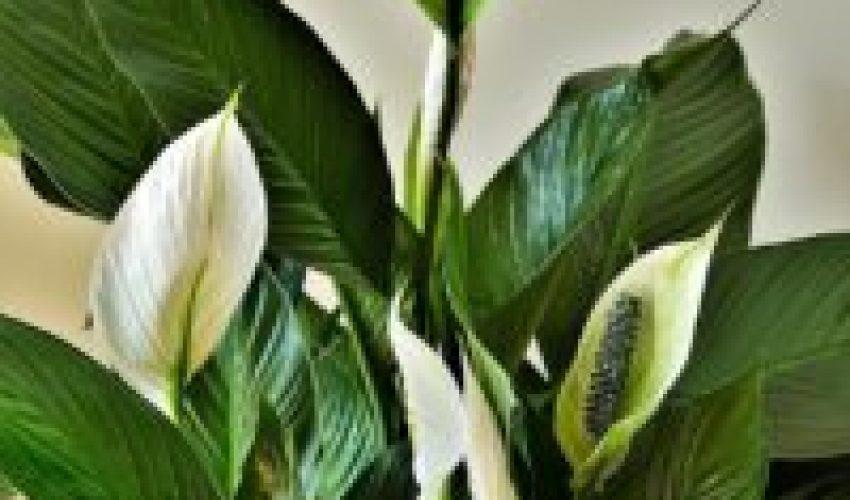
Propagating Peace Lilies
Peace lilies (Spathiphyllum) are beautiful indoor plants that are known for their long-lasting white blooms and air-purifying qualities. If you’re looking to increase your collection of peace lilies, you can propagate them through division or ….
© 2023 All Rights Reserved.
